Fort Hill-State Dining Room
Introduction
Author-Uploaded Audio
Listen to a narration of this entry's description by Fort Hill User.
Text-to-speech Audio
Images
Dining Room Table and China
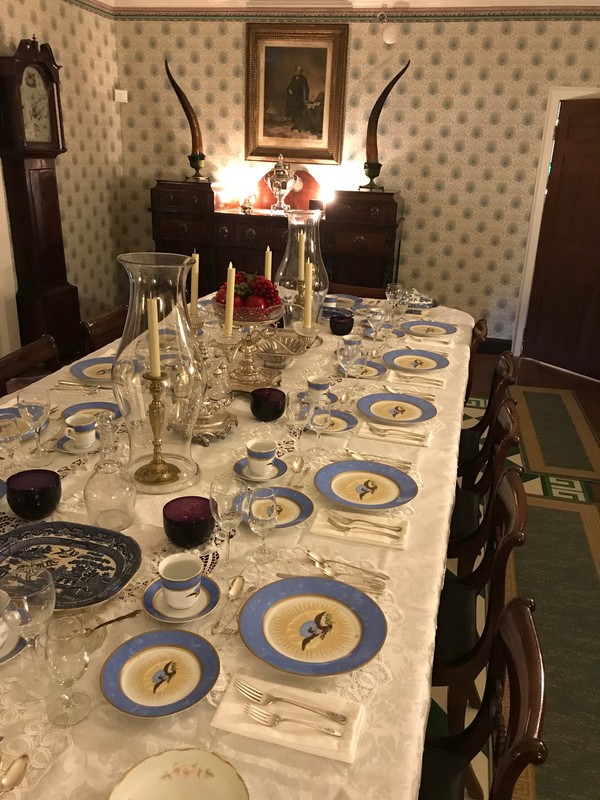
Constitution Side Board
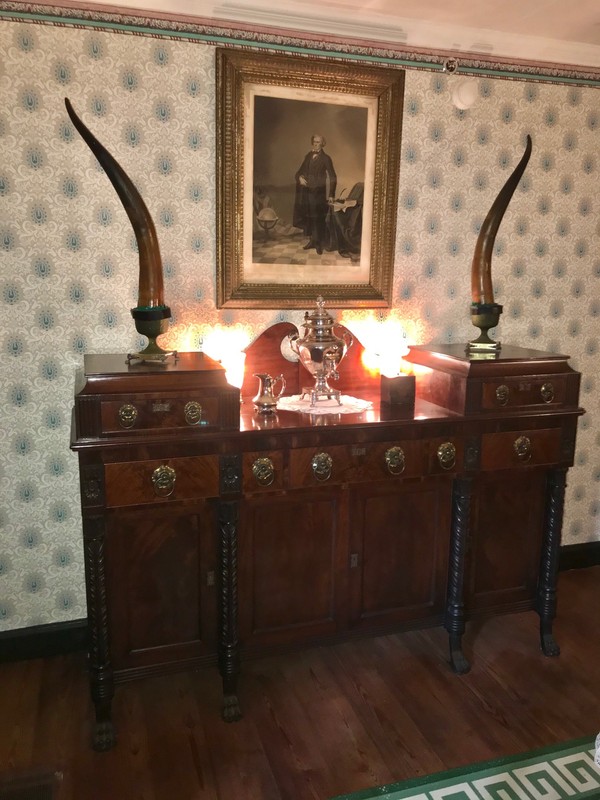
State Dining Room
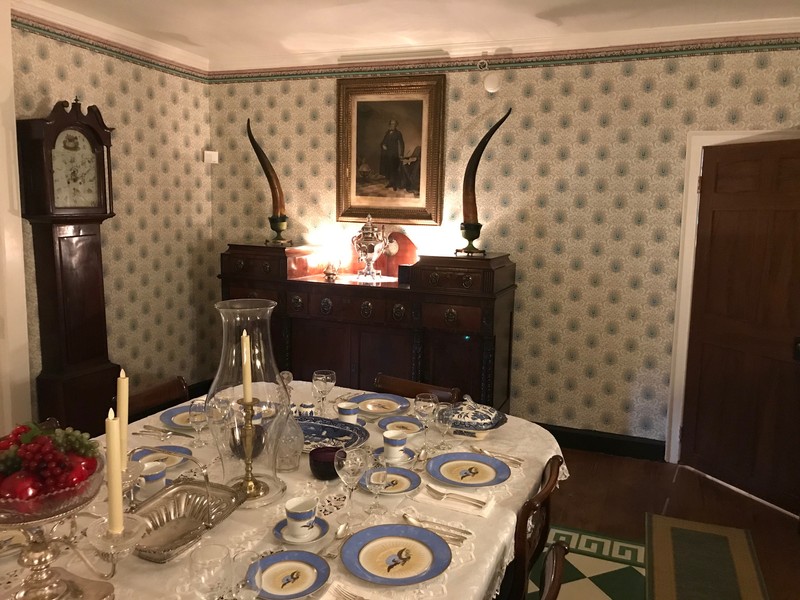
State Dining Room
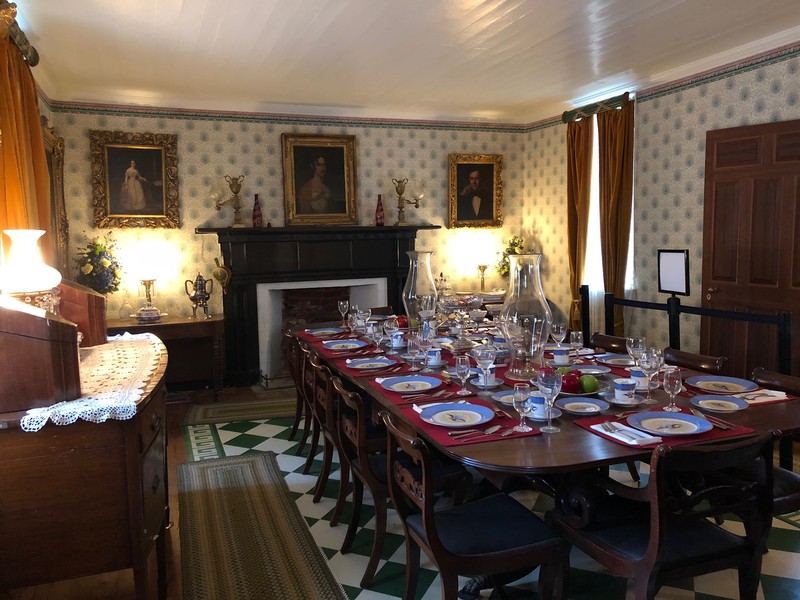
Replica of Jackson-era White House China
.jpg)
Floride Colhoun Calhoun Portrait which hangs in the State Dining Room
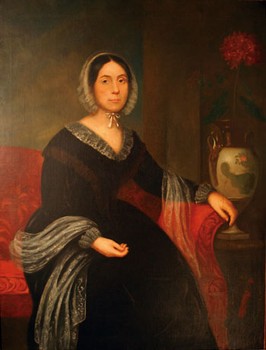
John C. Calhoun Portrait which hangs in the State Dining Room
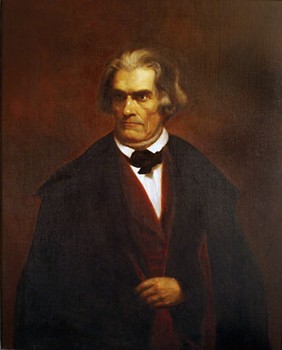
Backstory and Context
Author-Uploaded Audio
Listen to a narration of this entry's description by Fort Hill User.
Text-to-speech Audio
Thomas Green Clemson, when he left Fort Hill and its land to the state of South Carolina, ensured that Fort Hill would be preserved and operated by Clemson University. Many of the artifacts found throughout Fort Hill belonged to the Calhoun-Clemson family and many of the family portraits have returned. During the Calhoun family's residency, a portrait of Floride Bonneau Colhoun, John C. Calhoun's mother-in-law, was on display in this room. A copy is placed on the table to the left of the fireplace today.
The Constitution Sideboard was presented to John C. Calhoun, likely after his wartime service as Interim Secretary of Navy and Secretary of War. After Thomas Green Clemson's death, his only grandchild, Floride Isabella Lee, chose this piece as her keepsake from Fort Hill's estate. She would later give it to a Calhoun cousin, whose widow put it up for auction after the Great Depression.
The enslaved African Americans at Fort Hill were the driving force behind the day to day functions of the home and the plantation. Of the many enslaved African Americans who labored at Fort Hill, only a few names of the domestic enslaved were documented by the family in personal correspondence or on other documents, like wills or estate inventories. While these documents may be uncomfortable, as they list African Americans as "property," there is still much which can be learned about the lives of African Americans at Fort Hill.
Nelly was an enslaved domestic worker at Fort Hill. She was purchased in 1848 by Floride Calhoun and worked as the enslaved cook. Nelly appeared in the personal correspondence of Floride Calhoun as her personal enslaved domestic laborer; in one letter, Floride Calhoun stated: "I trust her with the keys, as she has been accustomed to it all her life."
Sources
“Educational Resources | Clemson University, South Carolina.” Accessed May 21, 2020. https://www.clemson.edu/about/history/properties/ed.html.
image courtesy of Fort Hill
image courtesy of Fort Hill
image courtesy of Fort Hill
image courtesy of Fort Hill
image courtesy of Fort Hill
image courtesy of Fort Hill
image courtesy of Fort Hill
